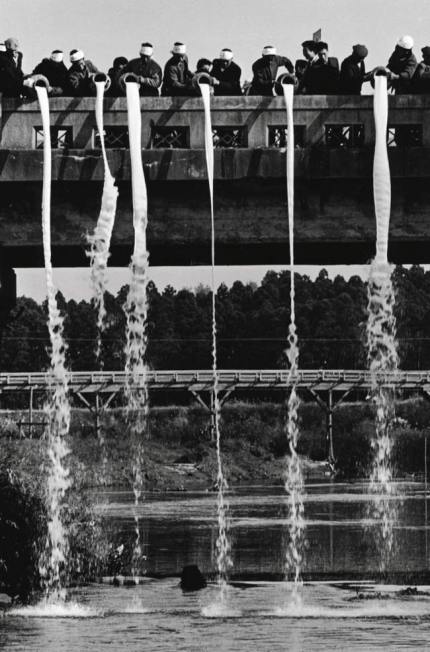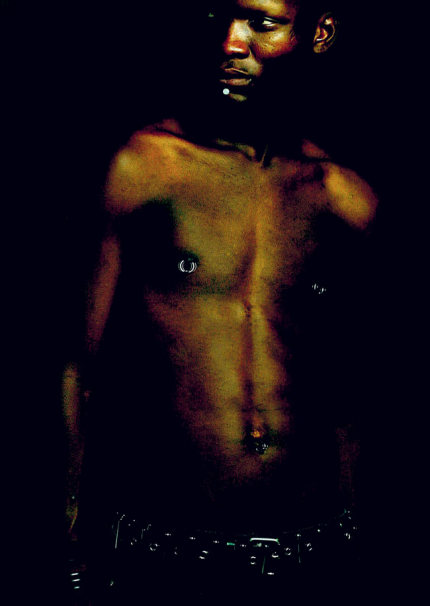http://www.zonezero.com/tsunami/shahidul/article.html
Shanika clung on to her dad Priantha, when she realised we were near to the sea. She had been in her aunt’s house in Hikkaduwa which had survived the waves, but had felt the fury of the sea. It had taken away her mother, her twin sister and her two other sisters and their home. The sea was to be feared. She did not want to go back there, photographs or no photographs. Priantha tried to explain that it would be safe, but Shanika was not convinced.
It was my digital camera which changed things. Most people in the sub-continent love being photographed. The joy of seeing her own image instantly brought a smile to Shanika’s face, and soon we were friends. She took photographs of her dad, her aunt and of me. Soon she was taking photographs of me by the sea, but telling me to be careful!
There are no direct flights from Dhaka to Colombo and I left on the 29th December, the first flight I could get. I didn’t have a very clear idea of what I would do once I got there. Dominic put me in touch with wildlife photographers Rukshan, Vajira and some other friends who had all gotten together to try and get relief goods to the worst affected areas. Margot and others had also helped. Dominic and I had bought some stuff, but it was pale in comparison to the truckloads ! that Rukshan and his friends had put together. Our convoy of twelve vehicles followed the two lorries though Ratnapura, Pelmadulla, Timbolketiya, Uda Walawe, Thanamalwila, Wellawaya, Buttala, Moneragala and Siyambalanduwa until we came to the Lahugala military camp.
It was there that we realised that our planning was less than perfect. The initial outpouring of support had resulted in places being overstocked, while we heard of other places which had received nothing. A military anti landmine vehicle helped pull one of our lorries from the rainsoaked fields, and except for a small amount of rice, lentils and medicine which we left for families in most need, we put things back on the lorries to be returned to Colombo until we had a better idea of what to do. Soaking in the rain we piled back the tons of rice, milk powder, medicine, soap, clothes and all the other things we had emptied from the vehicle. While the others headed back, Rukshan, ! Vajira and I went on to the eastern coast of Pottuvil. There was an eerie emptiness. Only the scattered toys and other remnants gave away the fact that there had been a vibrant village. There were no bodies, no sounds, no wailing for the dead.
As a Bangladeshi, I was used to disasters, but the spontaneous collectives that would form when we were kids, singing songs, collecting old clothes from door to door, forming community groups who tried in their own way to stay by the needy, seem to have given way to the more ‘official’ methods of relief. Nowadays NGO efforts and organised disaster management seem to be our standard responses. Our own efforts seem to be restricted to the prime minister’s relief fund. In Sri Lanka, I could still sense the outpouring of sympathy that people felt for their fellow being.
I came across wonderful stories of human compassion and bravery. And while I lamented the lack of early warnings and the bureaucracy that prevented those who knew, from warning those who didn’t, I still came back convinced that it would take much more than tsunamis to tame the human spirit.
Shahidul Alam
Dhaka 7th February 2005
While on the subject of humanitarian aid, look up my work on Edhi in Pakistan at: www.saudiaramcoworld.com/issue/ 200406/humanitarian.to.a.nation.htm


